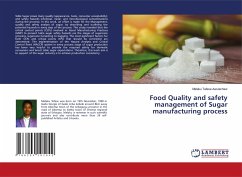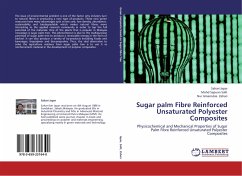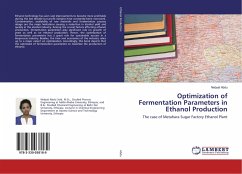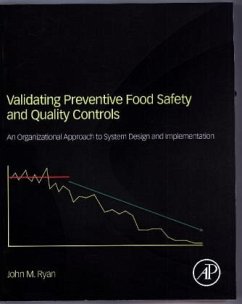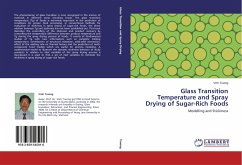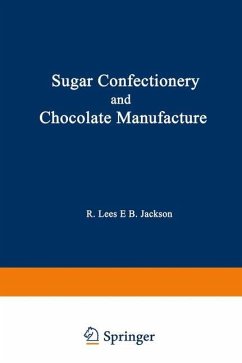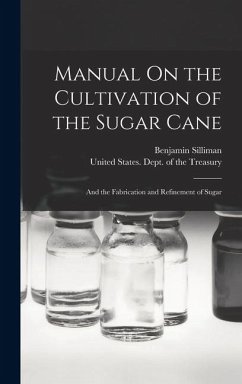
FOOD QUALITY AND SAFETY MANAGEMENT OF SUGAR INDUSTRY
Quality and safety management of sugar processing industry
Versandkostenfrei!
Versandfertig in 1-2 Wochen
26,99 €
inkl. MwSt.

PAYBACK Punkte
13 °P sammeln!
Table Sugar poses many quality (appearance, taste, consumer acceptability) and safety hazards (chemical, metal, and microbiological contaminations during the process). In this work, an effort is made for the quality and safety analysis of sugar, by describing and outlining the potential hazards in every step of the process. This study revealed that the critical control points (CCPs) involved in Good Manufacturing Practices (GMP) to prevent table sugar safety hazards are the stages of sugarcane growing, sugarcane harvesting to bagging. The most significant factors for both CCPs and critical poi...
Table Sugar poses many quality (appearance, taste, consumer acceptability) and safety hazards (chemical, metal, and microbiological contaminations during the process). In this work, an effort is made for the quality and safety analysis of sugar, by describing and outlining the potential hazards in every step of the process. This study revealed that the critical control points (CCPs) involved in Good Manufacturing Practices (GMP) to prevent table sugar safety hazards are the stages of sugarcane growing, sugarcane harvesting to bagging. The most significant factors for both CCPs and critical points (CPs) that should be controlled are determined. The implementation of the Hazard Analysis and Critical Control Point (HACCP) system in every process stage of sugar production has been very helpful to provide the required safety for domestic consumers and boost table sugar exportations. Therefore, the main objective of the sugar industry is to achieve production consistency.



